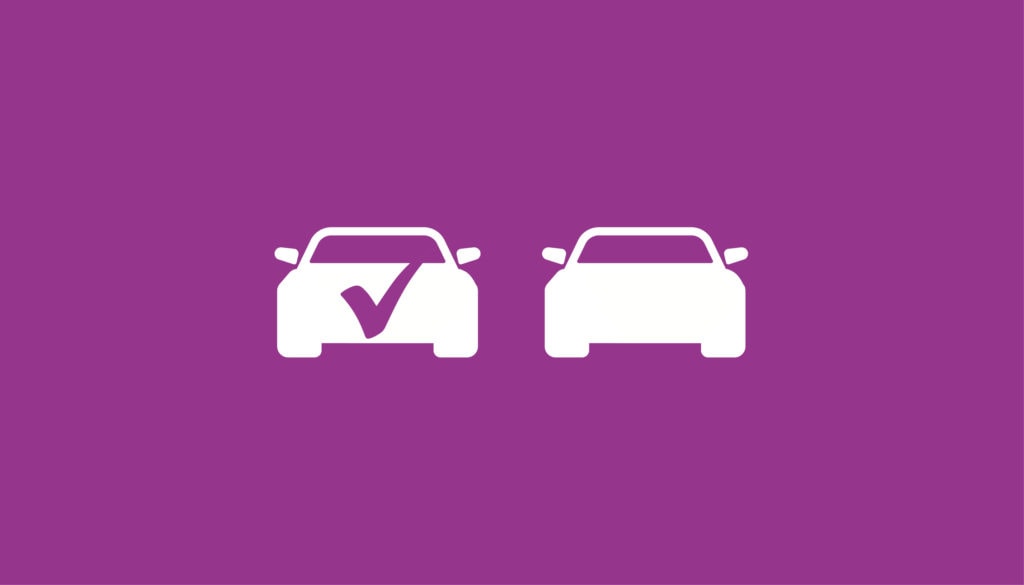Imagine you decided it was time to buy a new car but weren’t sure which make and model was best. You would most likely narrow down the choice by looking at the car’s features and specifications and comparing them to your needs.
Most people in this scenario would create a short list of two or three options and if deciding factors seemed almost for like, price would become the differentiator. This sounds exactly like the process a smart shopper would go through. But what happens if the specifications you trusted to make your decision are only guesses?
Specifications are something people use to make decisions. Whether they are buying a car or a sling they want certainty, not guesses.
Take the ratio between a sling’s diameter and the diameter of the object it interfaces, otherwise known as D:d ratio. The D:d ratio can provide a relationship between the breaking strength of a sling with respect to the effect of bending around a small radius interface.
The effect of bending on a sling is dependent on the sling configuration. For example, grommets are more susceptible to bending losses due to small D:d ratios than eye and eye slings. Unfortunately, many sling suppliers don’t properly account for the effect of bending on break strength and in the process, create risk by providing smaller and thus cheaper ropes.
Testing full scale slings to understand the effect of bending on break strength is expensive and time consuming. To save money, some sling suppliers use data obtained by testing smaller ropes and extrapolating for larger ropes. But, this would be the same as extrapolating a car manufacturer’s gas mileage data for its compact car and applying it to the larger SUV. It would not be accurate and would certainly lead to problems.
Cortland understands how specifications will be used and works diligently to provide our customers with information they can trust. We work to develop specifications that are accurate and based on full scale testing which is relevant to how our products are used. We believe the investment we make in testing our products pays off when they perform exactly how our customers expect.
So, when you buy a sling we would advise you to ask lots of questions. A good supplier should ask you as many, if not more, questions as you ask of them; we certainly will. We want to be sure you have the right information to make a choice and we won’t let you run out of gas.
